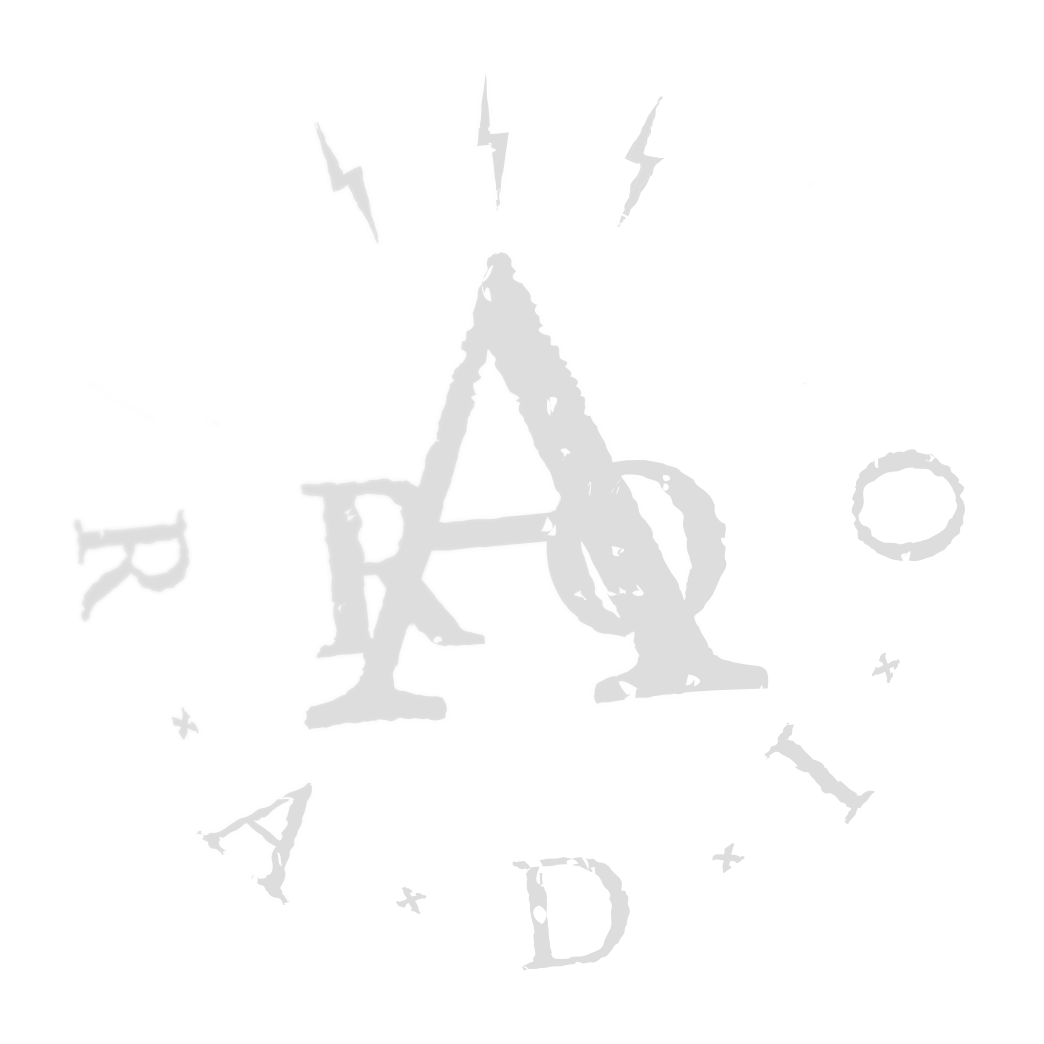The Unfortunate Voyage of the Batavia – Episode 4: “Keep Your Eyes Open”
Departing from Cape Town, Dutch ships were ordered to make their way south and then eastward, across the Indian Ocean once they'd reached the "Roaring Forties": a latitude with particularly strong trade winds, discovered by Dutch explorer Hendrik Brouwer in 1610.
It should be fairly smooth sailing from here on for the Batavia, following this course. Were it not for the small matters of a brewing mutiny amidst the crew, divisions and distractions amongst the leaders of the ship and the impending doom that lays ahead, unbeknownst to them all, they may stand a chance...
(they don't stand a chance.)
Navigating the Earth
Since ancient times, humans have used stars to determine direction, position, seasonal change, as well as justifying the occurrences of events and incidents.
Early seafaring depended a lot on staying in sight of land and the sailors having intimate knowledge of winds and conditions. Archeological records show that the Minoans in the Mediterranean gained an early understanding of celestial movement, often depending on the stars that make up the constellation of Ursa Major to move North/South on the sea. Ursa Major is still one of the most visible today, often recognised by the famous big dipper within. A famous reference to it is in Homer's Odyssey, in which Calypso tells Odysseus to keep the bear on his left hand side. The bear is Ursa Major. It really does look like a bear! Look:
A bear!
Actually, we kind of think it looks more like the unholy offspring between a pokemon and a bilby, a small Australian marsupial.
Right? If only our northern predecessors had known of either of these things.
Anyway, great strides were made in maritime navigation during the heights of the Islamic Golden Age (8th-13th Centuries). There, they developed something called a kamal. Using a small piece of wood and knotted string that would be held between one's teeth, they could calculate longitudinal position using known stars.
By the 14th century, European navigators had also started using something called a Jacob's Staff or Cross-staff. It became recognised around Europe, but like all great inventions was most likely first developed by the Chinese some centuries before.
The mariner's astrolabe, probably first created in the 13th C, was perfected by the Portuguese explorers of the 16th C. Like all these tools of navigation, it was wrought with problems, such as that its proper use required it to remain on a vertical plane. Pretty difficult on a rocking ship.
When the Dutch started taking the Roaring Forties across the Indian Ocean, they became the first Europeans to come into contact with the West Coast of Australia. The 400th anniversary of Dirk Hartog's arrival on Dirk Hartog Island (what he had named Eendrachtsland) was celebrated in Australia in 2016.
Now, Dutch cartographers, such as John Blaeu, could rely on explorers' charts of discovery to form a wider idea of the world.
The pewter plate that Hartog had left on the island was unveiled during a ceremony in WA, during which the King and Queen of the Netherlands were present.
Two things happened here:
- Australians were left speechless (a rare occurrence in itself) by seeing a Queen who hasn't always looked centuries old. Everybody now agrees that if we must still have Queens, they should probably all be Argentinian.
-The Dutch royal couple were left ruing the fact that their (his) Golden-Age, republican predecessors had seen no commercial benefit in establishing a colony in a sun-kissed island paradise.
To show you what they returned to, here's a photo of a spring holiday in Holland:
